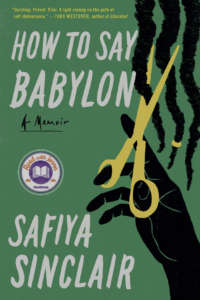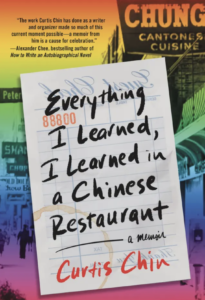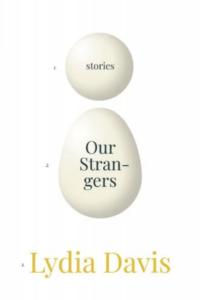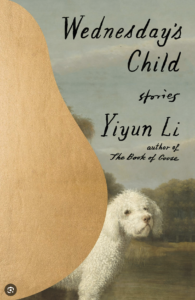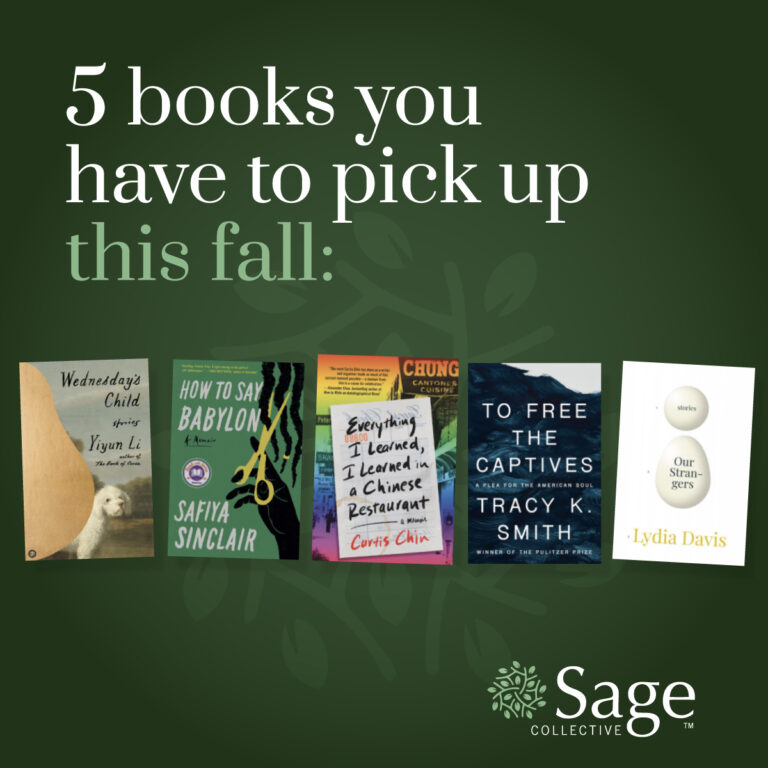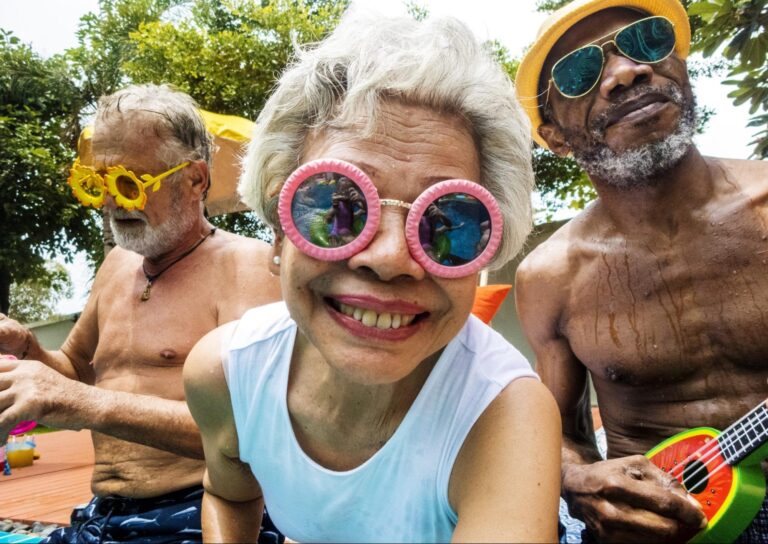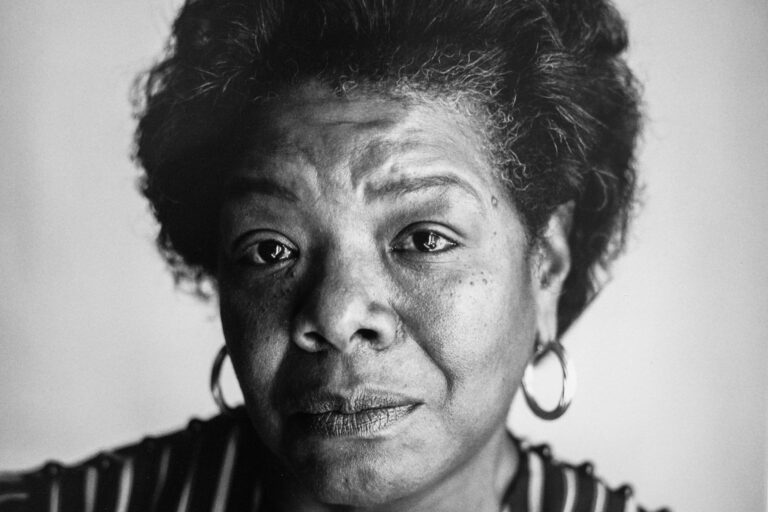November is National Family Caregivers Month
November is often associated with Thanksgiving, a time to express gratitude and come together as families. But the month also holds a special significance for family caregivers. Welcome to National Family Caregivers Month – a period dedicated to acknowledging the silent heroes among us who dedicate their lives to caring for loved ones.
What started as National Family Caregivers Week in the mid-1990s has since evolved, thanks to President Barack Obama’s proclamation in 2012, into a month-long tribute. This expansion wasn’t just a mere extension of time but rather a recognition of the year-round efforts these caregivers undertake.
While showing appreciation is a crucial aspect of this month, its scope goes beyond acknowledgment. The aim is to rally support for caregivers, raise awareness about the challenges they face, and provide them with vital resources. The Caregivers Action Network (CAN), for instance, introduces a theme each year. This year’s theme is #CaregiversConnect, which spotlights the importance of connections as a way to educate and support others.
By shining a light on the hardships and trials caregivers endure, we pave the way for better policies, resources, and societal understanding. Whether it’s lobbying for better workplace support, highlighting the emotional strain, or emphasizing the financial toll of caregiving, the advocacy element of this month is pivotal.
As individuals, there’s much we can do. From offering to babysit, assisting with chores, or merely lending an empathetic ear, every bit helps. Community groups and local initiatives can also play a role, perhaps by setting up support forums or offering respite care services. The strength of a community lies in its unity, and together, we can ensure our caregivers feel seen, supported, and valued.
As you move through November, take a moment to think about the caregivers in your life. They might be neighbors, friends, or even family members. While their sacrifices often go unnoticed, this month serves as a reminder of the immeasurable value they bring to our communities and lives.


